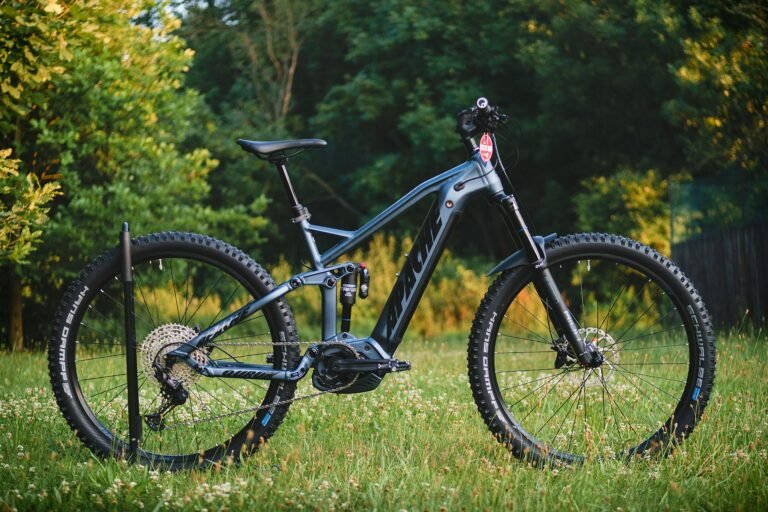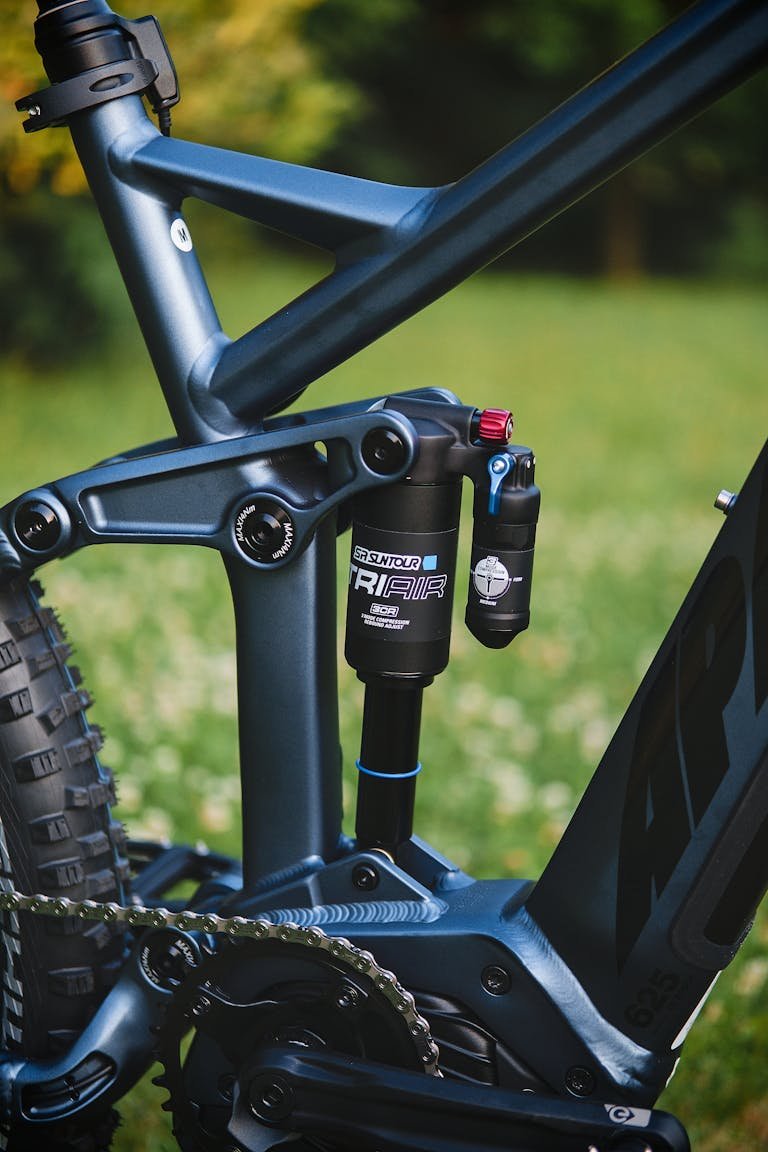Renegade Row: Mastering This Powerful Full-Body Exercise (2025)
I’ve found that the renegade row is often misunderstood yet incredibly effective. This dynamic movement engages over 85% of your body’s major muscle groups in a single exercise! After learning this technique you’ll be off to the races! I’ve developed a foolproof approach to mastering this challenging move.
Understanding the Renegade Row: A Complete Guide
Let me share my experience with the renegade row. After years of practicing this movement, I’ve learned exactly what makes it so effective.
Core Exercise Mechanics and Muscle Engagement
The renegade row is all about total body control. I remember my first attempt – I totally underestimated how much core stability it required!
Essential mechanics:
- Starting Position: Begin in a plank with hands on dumbbells, feet wide for stability. Your renegade row stance should feel solid and controlled.
- Core Activation: Brace your abs like you’re about to take a punch. The renegade row requires constant core engagement.
- Hip Position: Keep hips square to the ground throughout the renegade row. No rotation or tilting.
- Movement Pattern: Pull one dumbbell to hip height while maintaining plank position. This is where the magic of the renegade row happens.
Primary and Secondary Muscles Worked
The renegade row is an awesome full-body exercise that hits multiple muscle groups simultaneously.
Key muscles targeted:
- Primary Movers: Lats and upper back during the rowing portion of the renegade row
- Core Stabilizers: Transverse abdominis and obliques working overtime
- Supporting Muscles: Shoulders, triceps, and chest in the plank position
- Anti-Rotation: Deep core muscles preventing twisting during the renegade row
Benefits for Athletes
After incorporating the renegade row into your training programs, expect to see some amazing benefits.
Major advantages:
- Core Stability: The renegade row builds rock-solid core strength
- Upper Body Power: Develops pulling strength while maintaining stability
- Athletic Performance: Improves coordination and total body control
- Functional Strength: The renegade row translates well to real-world movements
Common Misconceptions Clarified
Let me clear up some myths about the renegade row that I often hear.
Truth about technique:
- Weight Selection: Lighter weights with perfect form beat heavy sloppy reps in the renegade row
- Movement Speed: Control matters more than speed – slow down your renegade row
- Hip Movement: Some hip rotation is normal, but excessive twisting defeats the purpose
- Equipment Needs: While dumbbells are traditional, kettlebells work great for renegade row variations
Remember, the renegade row is an advanced movement that requires proper progression. Start with basic planks and rows before combining them into the full renegade row. Trust me, take your time with this one, take the time to master the basics first!
Perfect Form and Technique for the Renegade Row
After teaching the renegade row to hundreds of athletes, let me share the exact details that make this exercise so effective. Getting the setup right is absolutely crucial for success.
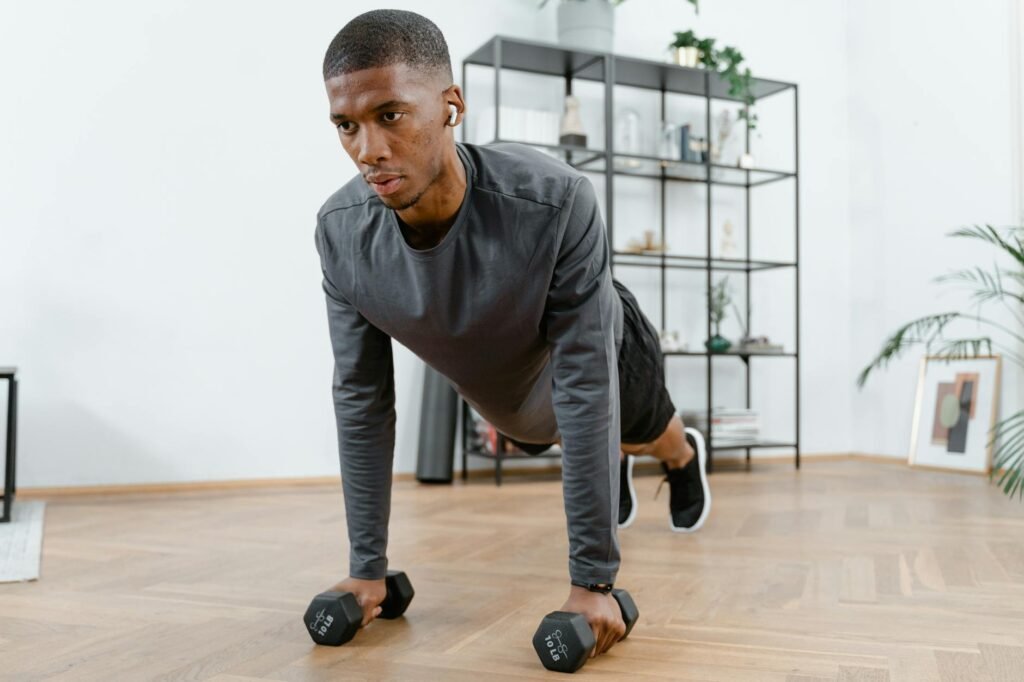
Starting Position Setup
The foundation of a solid renegade row starts with proper positioning. I’ve found this step-by-step approach works best.
Essential setup elements:
- Base Position: Start in a plank with dumbbells placed shoulder-width apart. The renegade row requires a stable foundation.
- Body Alignment: Create a straight line from head to heels. This is crucial for proper renegade row form.
- Weight Selection: Begin with lighter weights (10-15 lbs) to master the renegade row movement pattern.
- Shoulder Position: Stack shoulders directly over wrists, creating a strong pillar for the renegade row.
Hand and Foot Placement
Proper positioning makes a huge difference in renegade row effectiveness. I’ve seen these details make or break the exercise.
Key positioning points:
- Hand Grip: Grasp dumbbells with hands directly under shoulders. Your renegade row grip should be firm but not a death grip.
- Foot Stance: Position feet wider than hip-width for stability during the renegade row.
- Dumbbell Alignment: Keep weights parallel to each other throughout movement.
- Wrist Position: Maintain neutral wrists to protect your joints during the renegade row.
Proper Rowing Motion
The pulling pattern in a renegade row needs to be smooth and controlled. This is where most people struggle.
Movement guidelines:
- Pull Pattern: Drive elbow back toward hip, keeping it close to body during renegade row.
- Tempo Control: Use a 2-count pull up, 2-count lower down for each renegade row rep.
- Range of Motion: Pull dumbbell to hip height while maintaining plank position.
- Body Control: Minimize hip rotation – your renegade row should look stable.
Core Engagement Cues
Core control makes or breaks your renegade row. These cues help maintain proper form throughout.
Essential cues:
- Brace Core: Think about preparing for a punch to the stomach during renegade row.
- Hip Position: Keep hips level – imagine balancing a cup of water on your lower back.
- Breathing Pattern: Exhale on the pull up phase of each renegade row.
- Anti-Rotation: Resist the urge to twist – your torso should remain square to the ground.
Remember, the renegade row is an advanced exercise that takes time to master. Start with perfect form using lighter weights, and progress slowly. Building a solid foundation will lead to better results in the long run!
Common Mistakes to Avoid in the Renegade Row
Excessive rotation during the renegade row is probably the most common mistake I see. This totally defeats the core stability purpose of the exercise.
Rotation problems to fix:
- Twisting Torso: Keep your shoulders square to the ground throughout the renegade row. If you’re rotating more than a few degrees, drop to a lighter weight.
- Shoulder Hiking: Maintain level shoulders during the pulling motion. Many people let their shoulder blade shoot up during the renegade row.
- Upper Body Sway: Your non-working arm should stay solid. If it’s moving around during your renegade row, you’re likely using too much weight.
- Compensatory Movement: Watch for any sideways lean or shift during the pull phase.
Hip Sagging Problems
Proper hip position is crucial for an effective renegade row. You see this issue especially when people get tired.
Hip position fixes:
- Low Back Arch: Keep your core engaged to prevent excessive arching during renegade row sets.
- Hip Drop: Both hips should stay level throughout the movement. One side dropping means core fatigue.
- Forward Hip Shift: Resist moving your hips forward as you pull the weight in your renegade row.
- Pelvis Tilt: Maintain a neutral spine position from start to finish.
Breathing Pattern Mistakes
Proper breathing makes a huge difference in renegade row performance. I’ve found this to be often overlooked.
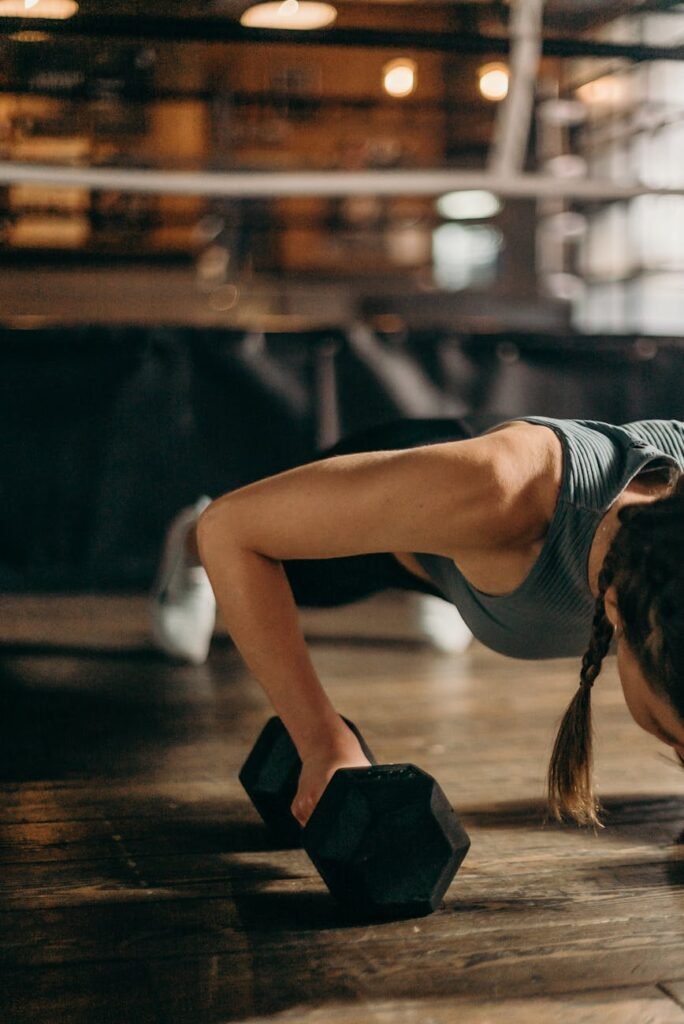
Breathing corrections:
- Breath Holding: Don’t hold your breath through entire renegade row sets. This limits stability and power.
- Timing Issues: Exhale as you pull the weight up during each renegade row rep.
- Shallow Breathing: Use deep, controlled breaths to maintain core stability.
- Bracing Problems: Learn to breathe while maintaining core tension throughout your renegade row.
Progressive Learning Steps for Mastering the Renegade Row
If you’re new to renegade rows, start small. It’s all about building a solid foundation before diving into the full exercise. Here are some beginner-friendly tweaks:
- Start with a plank: Hold a high plank position with your hands flat on the floor instead of dumbbells. Focus on keeping your hips level and engaging your core.
- Drop to your knees: If a full plank feels too intense, perform the rows from a kneeling position. You’ll still engage your core and work on proper form.
- One arm at a time: Instead of balancing on one dumbbell, keep both hands on the floor and practice the rowing motion with one arm.
These modifications can help you build strength and confidence without feeling overwhelmed.
Stability Progression
As you gain strength, step up the difficulty to improve your balance and core engagement:
- Use hex dumbbells: Start with light, hex-shaped dumbbells to reduce wobbling. Round dumbbells can roll, making the exercise tougher than necessary.
- Widen your stance: Placing your feet slightly apart helps stabilize your body. As you improve, narrow your stance to increase the challenge.
- Incorporate unstable surfaces: Practice on a yoga mat or foam pad to engage your core even more.
Take your time here. Mastering stability is the key to progressing safely.
Weight Selection Guidelines
Choosing the right weight is critical to avoid injury and maximize results:
- Start light: Opt for dumbbells in the 5–10 pound range. Form is everything, and going too heavy too soon can lead to bad habits.
- Focus on control: If your hips sway or your plank collapses, the weight is too heavy. Reduce the load and prioritize quality over quantity.
- Progress slowly: Once you can complete 10–12 reps per arm with perfect form, increase the weight in small increments.
Quality reps with lighter weights always trump sloppy reps with heavier ones.
Advanced Variation Introduction
Once you’ve mastered the basics, spice up your renegade rows with these challenging variations:
- Push-Up Row: Combine a push-up after each row for an intense upper body and core workout.
- Rotational Row: At the top of the row, rotate your torso and extend your free arm upward for added oblique engagement.
- Burpee Row Combo: Add a burpee after each set of rows for a full-body cardio and strength challenge.
With time and practice, you’ll turn renegade rows into an incredible go-to exercise for strength and stability!
Programming and Integration of Renegade Rows
Renegade rows are the ultimate multitaskers. They fit seamlessly into strength training, full-body circuits, or core-focused sessions.
If you’re into circuit training, throw them in alongside other compound moves like deadlifts or push presses for a full-body blast. If you want to focus on core and stability then pair them with planks or Russian twists. Basically, anywhere you’re looking to challenge multiple muscle groups in one go, renegade rows fit right in.
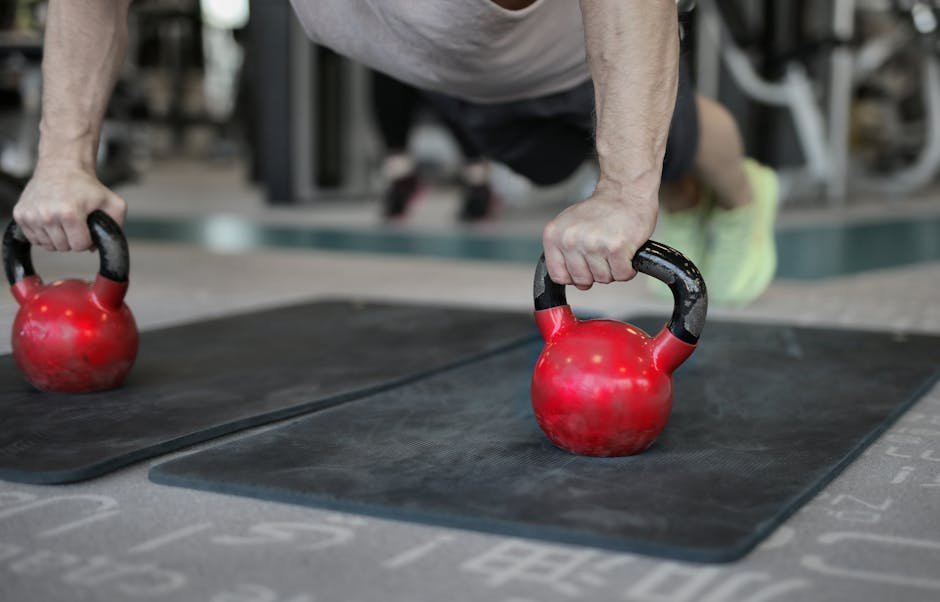
Sets and Reps Recommendations
Getting the set and rep scheme right for renegade rows is key to maximizing gains. Here’s what I recommend based on different goals:
- For beginners: Start with 2–3 sets of 8–10 reps per arm. Use lighter weights to practice form and balance.
- For strength: Perform 3–5 sets of 6–8 reps per arm with heavier dumbbells, focusing on maintaining control throughout.
- For endurance: Go for 2–3 sets of 12–15 reps per arm with lighter weights, ensuring you keep your hips stable the entire time.
Adjust based on your experience level and fitness goals, but always prioritize form over reps.
Rest Period Guidelines
Rest can make or break your performance with renegade rows:
- For strength goals: Take 60–90 seconds between sets to recover and lift heavier.
- For endurance or fat loss: Keep rest periods shorter, around 20–30 seconds, to maintain intensity and keep your heart rate up.
- For circuits: Incorporate renegade rows into a station with minimal rest (e.g., 10–15 seconds) to maintain the flow of the workout.
Pay attention to your body—if your form starts to slip, take a bit more rest before the next set.
Complementary Exercises
Renegade rows shine even brighter when paired with the right movements. Try these complementary exercises to target similar muscle groups and build functional strength:
- Deadlifts: A great match to build posterior chain strength and balance out your rowing motion.
- Push-ups: Pairing these with renegade rows enhances your chest and core engagement.
- Kettlebell Swings: Perfect for combining explosive power with the core stability renegade rows develop.
- Plank Variations: Side planks or plank holds are ideal for improving core strength and stability between sets.
Integrating renegade rows with complementary exercises creates a balanced, effective routine that maximizes gains across the board. So don’t be afraid to experiment with different combinations and make it your own!
FAQs About Renegade Rows
1. What muscles do renegade rows target?
Renegade rows are a compound exercise that primarily works the lats, rhomboids, traps, and biceps in the pulling motion. Simultaneously, your core, shoulders, and triceps engage to maintain stability, making it a full-body workout. It’s also great for improving balance and coordination.
2. Where should renegade rows be placed in a workout routine?
Renegade rows are versatile! Add them to a circuit for full-body conditioning, include them in a core workout, or use them as a finisher after an upper-body strength session. Place them toward the middle or end of your workout when your core is warmed up but not completely fatigued.
3. How many sets and reps of renegade rows should I do?
The ideal sets and reps depend on your fitness goals:
- Beginners: 2–3 sets of 8–10 reps per arm.
- For strength: 3–5 sets of 6–8 reps with heavier weights.
- For endurance: 2–3 sets of 12–15 reps with lighter weights.
4. What weights should I use for renegade rows?
Start light with 5–10 pound dumbbells if you’re a beginner, focusing on proper form and stability. As you gain strength and control, gradually increase the weight. Advanced lifters may use 20–30 pound dumbbells or more, depending on their ability to maintain solid form.
5. What’s the best rest period for renegade rows?
Rest periods depend on your goals:
- For strength: 60–90 seconds between sets.
- For endurance or fat loss: 20–30 seconds.
- For circuit training: Minimal rest (10–15 seconds) to maintain intensity.
6. What exercises pair well with renegade rows?
Renegade rows work best alongside exercises that complement their core and upper-body focus. Try these:
- Deadlifts to target the posterior chain.
- Push-ups to balance pushing and pulling motions.
- Kettlebell swings for power and explosive strength.
- Plank variations to enhance core stability.
Wrapping Up
Combining these exercises creates a well-rounded, effective workout! The renegade row is a challenging but rewarding exercise that builds functional strength and stability. Focus on mastering proper form before increasing weight or complexity. With consistent practice and attention to technique, you’ll soon experience the full benefits of this powerful movement.
Find More Resources on Bicycles
- Smart Bike Trainers: 2024 Best Picks with Features and Benefits
- Recumbent Bike Benefits: The Ultimate Guide to Comfortable Cardio
- Bicycle Chain Maintenance: 2025 How to Clean and Lube Guide
- How Do You Adjust Bike Brakes? A Step-by-Step Guide for 2024
- How to Build a Bicycle Wheel in 2025: Step-by-Step Guide




